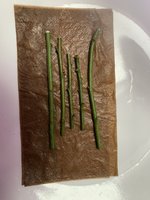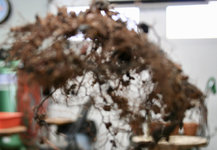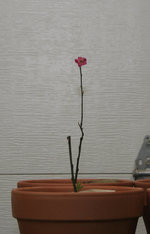@River's Edge Frank have you tried using a fogger instead of misting?
My teacher switched from misters to a fogger this year, and noticed a significant jump in his success rate with a few species. It's too early to make any systematic observations, but it looks promising enough for me to make the expensive switch in anticipation of 2022.
The switch from droplet at ~50 micron to less than 5 microns reduces how 'wet' things are in the propagation house. The contant cloud of fog also naturally diffuses light in a way that seems to have been been beneficial.
Mist vs Fog is of course an old conversation in propagation. You would know better than me how the benefits of fog apply to the propagation of Prunus mume via hardwood cuttings.
Just a thought






![IMG_8976[1].JPG IMG_8976[1].JPG](https://www.bonsainut.com/data/attachments/455/455521-1d3da151c20354bcc4eabbd826d1b7bf.jpg)
![IMG_8975[1].JPG IMG_8975[1].JPG](https://www.bonsainut.com/data/attachments/455/455522-a52b9139bf9b4f644156c15ad56edc3f.jpg)